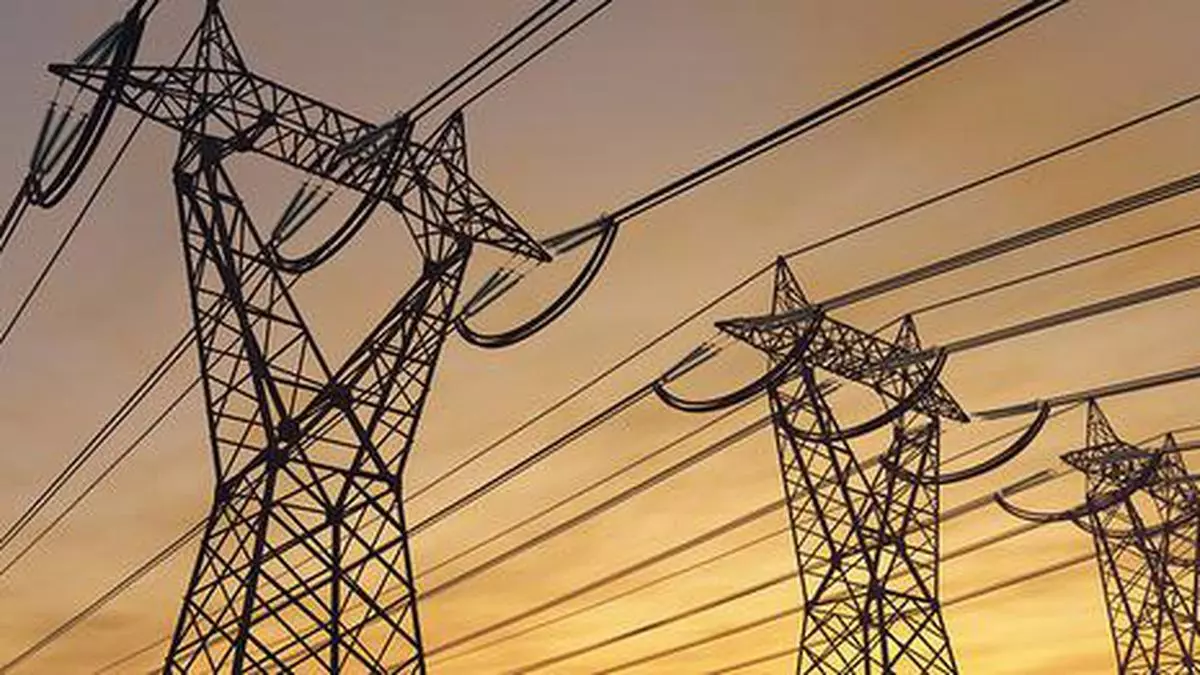
India will be able to meet its rising power demand, which is expected to grow at 7-8 per cent Y-o-Y in April-June 2024, on the back of larger operating capacities, adequate coal inventory and higher utilisation of gas-based plants.
Fitch Ratings expects Indiaâs power demand to rise by 7-8 per cent year over year in Q2 2024 due to robust industrial activity, strong GDP growth, and the Indian Meteorological Departmentâs (IMD) forecast of above-normal temperatures during the summer months.
âHowever, we believe much of this demand will be met through larger operating capacities, adequate coal inventory and higher utilisation of gas-based plants, which should mean minimal supply disruptions,â it added.
India has an installed capacity of almost 218 gigawatts (GW) of coal and lignite, 143.65 GW from renewables and around 46 GW and 8 GW of hydro and nuclear power, respectively.
India has experienced strong growth in power demand, averaging 8.5 per cent a year over the last three years after the Covid-19 pandemic. It has met a large part of the increase through thermal power plantsâ higher PLFs, which have jumped by around 10 per cent to around 69.5 per cent over the last two years.
Fitch Ratings said Indiaâs monthly power demand typically peaks in the pre- and post-monsoon months of May or August, as cooling demand picks up with the temperature rise.
âIMD has predicted higher than normal maximum temperatures over most parts of the country till June 2024, further increasing demand. At the same time, we expect distribution utilities to work towards minimising supply disruptions due to Indiaâs general elections in April and May, given that power supply is a politically sensitive issue,â it added.
On the supply side, the Power Ministry has directed gasâand imported coal-based power stations to maintain availability and meet the anticipated demand. Utilisation of gas-based plants has been low in the past due to higher fuel prices or fuel shortages.
However, spot and term-market liquefied natural gas prices have fallen by around 30 per cent yearly. The relatively lower price should improve the viability and utilisation of gas-based plants, especially during peak summer months when spot power prices also increase. The price of electricity on short-term exchanges has already increased to above Rs 5 per kWh from average levels of Rs 3-4 per kWh.
âPlant load factors (PLFs) of thermal power plants are likely to remain high at around 70 per cent, supported by adequate levels of coal inventory. However, many plants are already operating close to their peak capacity, which should limit a meaningful increase in their PLFs,â Fitch said.
For instance, the agency said that NTPCâs coal plants achieved 77 per cent average PLFs in FY24. Average coal inventory levels are close to 17 days, compared with 12 days at about the same time in 2023.
Increases in the countryâs installed capacity base have also assisted in increasing power generation. Total generation capacity has grown by 10 per cent to 442 GW as of March 2024 (March 2022: 399GW).
Nevertheless, around 80 per cent of the capacity increase has been at renewable energy (wind and solar) plants, which operate at lower PLFs of 20-35 per cent, as compared with thermal power plants which can operate at 60-90 per cent PLF levels, Fitch said.
Crime Today News | Business & Economy
Source | Powered by Yes Mom Hosting




